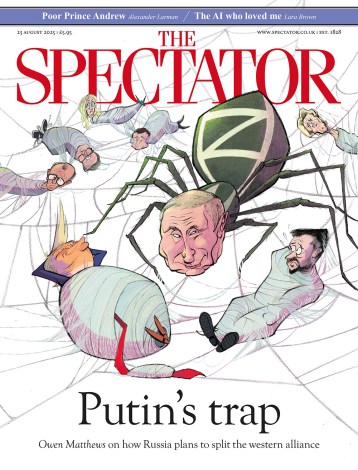Crime fiction – review
‘We no longer believe in God but hope nevertheless for miracles,’ remarks Frederic Mordaunt, one of the characters of John Harwood’s third novel, The Asylum (Cape, £14.99). He’s being over-optimistic, as Georgina Ferrers, the niece of a London bookseller, soon discovers when she wakes in a strange bed to be told that her name is








